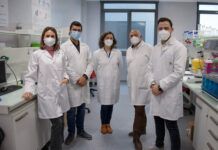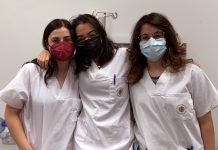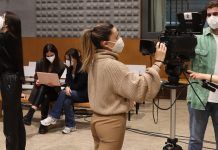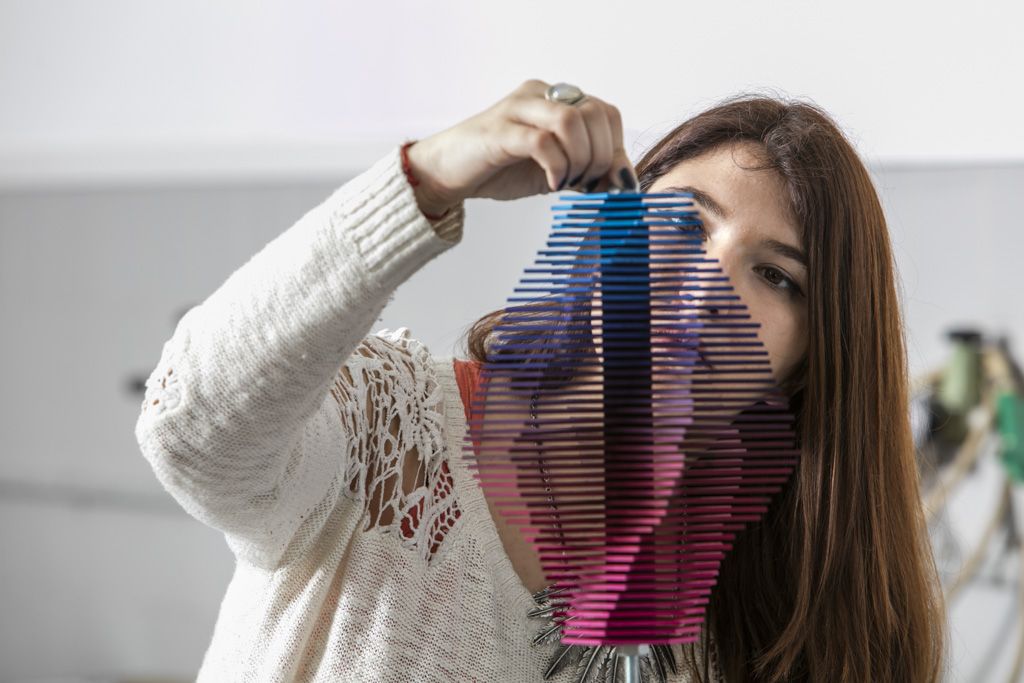
A lot of water has flowed under the bridge since the Bologna declaration at the end of the 1990s. It was the project began to establish the European Higher Education Area – the aim being to make higher education across the continent more inclusive, accessible, attractive and competitive. The process was a lively one, peppered with communiqués and conferences in different member states about issues such as mobility and qualification frameworks. Yet one of its most enduring challenges for academics has been competency-based learning.
Rosa García Bellido is the Vice-Dean for Primary and Early Years Education at the CEU Cardenal Herrera University. For her, “the idea behind this kind of learning is that it will provide us with the kind of adaptable skilled professionals that the dynamic knowledge economy needs to move forward, when today information is available at the touch of a button with today’s technology. That’s why universities have move away from being mere transmitters of knowledge to a new model, which is about showing students how to use the knowledge they have, or, to put it another way, to enable them to acquire the skills and competencies that today’s society needs.”
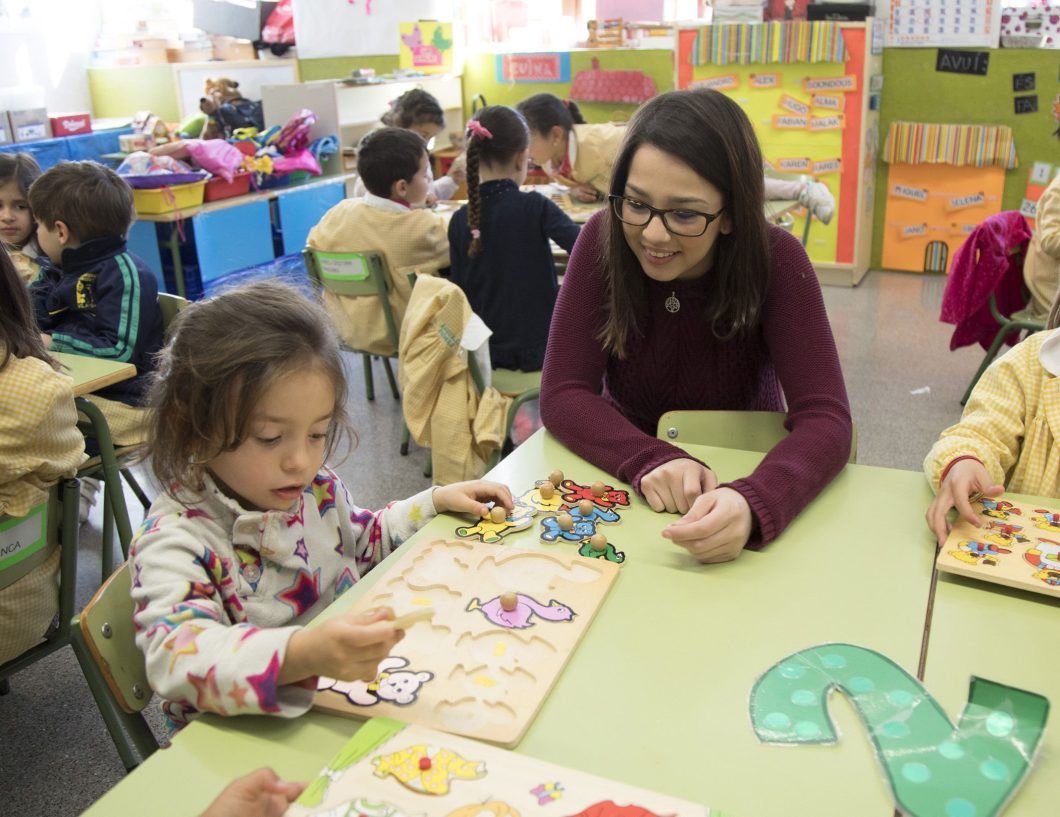
Why do we need competencies?
“Skills, or competencies, are the key to enable professionals to do their jobs. In response to this pedagogical challenge, some say that universities are not vocational training colleges, but, in fact, aren’t we in the business of educating tomorrow’s professionals? I would say that we are,” says García Bellido.
“Thinking about a specific area, if you’ve got a primary teacher who knows the theory but can’t handle a real class, then something has gone wrong. Some might say that students already do placements in schools, but we have to remember that in these placements the students work alongside a teacher who can help them to learn some, but not all, of the skills and competencies that a teacher needs. This is something that the teachers who act as tutors of trainee teacher tell us: that, at university, the students don’t learn how, for example, to deal with parent meetings, or they don’t have strategies to deal with different kinds of student needs, or that they don’t get the chance to experience team teaching or to learn how to deal with conflict with colleagues. In short, there’s more to it than just acquiring knowledge – students have to know how to use the knowledge they have. That’s where competency-based learning comes in.”
Tomorrow’s professionals
“The kind of employees that companies are looking for are those who are flexible and adaptable, who have learnt how to learn – which is a competency. They need people who can think critically, who can reflect on problems, and who are open to new ways of doing things, in addition to the competencies which are specific to each profession.”
“The ability to keep on learning is the most essential of them all – students must learn how to learn, because new professions are emerging all the time and we have to adapt to these changes as they come. If you know how to access, acquire, and, especially, manage knowledge, then the adaptation process will be that much easier,” says García Bellido.
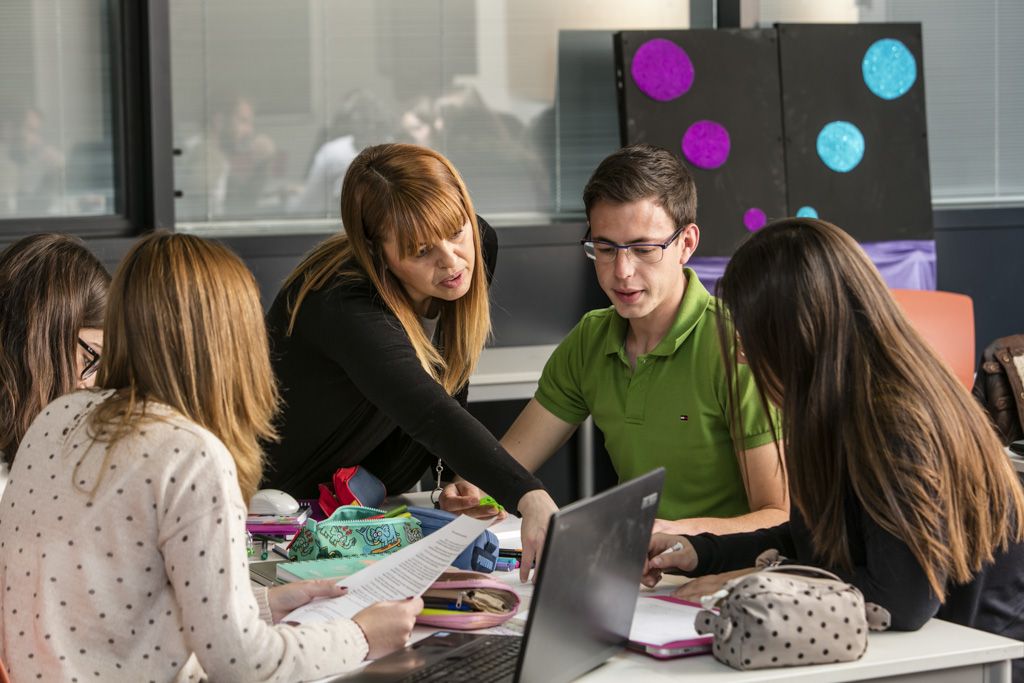
Universities: must do better?
“The competency-based learning promoted by the Bologna process should not be perceived as an impossible dream, as something unattainable. On the contrary, this process is a great opportunity for universities to break out of a model that has become obsolete.”
“Some universities have really taken competency-based learning seriously, because they realize that this is what the situation is and they see that there is a change in student behaviour, encouraging the lecturers to explore new ways of teaching. But then many universities are finding it difficult to move out of the comfort zone and they’re reluctant to change their approach to learning,” says García Bellido.
“The fact is that change can be scary, especially when you’ve been teaching the same way for many years. We all have a tendency to stick what we know, but we have to face up to the fact that it isn’t working any more and that our students are switching off.”
Nevertheless, García doesn’t think that competency-based learning means that lectures are obsolete. “Of course they are necessary, but a practical component is just as important, so that students can see why they need to learn that knowledge – how they can apply it in a professional setting is the key,” she says.
Moving out of the comfort zone
“In order to make competency-based learning a reality at university, the first thing to do is for the lecturer to move out of the spotlight and let the students take centre stage. What lecturers have to do is ensure the student has the right skills – in a word, for them to be “competent” – and to do that they have to be willing to change, to try something new, to keep on learning and go for a new approach,” she says. “They have to start again and learn new ways of teaching which are better suited to today’s needs. But you have to want to do it.”
García Bellido is optimistic about this objective being achieved. “Before the pandemic, many lecturers and teachers refused to use technology in their class, often due to a lack of familiarity or the reluctance I referred to earlier. The pandemic has meant that they have had to adapt and update their skills in record time, something they would never have done otherwise.”
“This has shown them that they can do it, that they can adapt. Colleagues of mine who were really anti-technology before Covid hit are now real enthusiasts for the possibilities that information technology can offer us. What happens is, when things are new, we can blow any problems out of all proportion, but when we become familiar with these things, then our judgement of them becomes more realistic.”
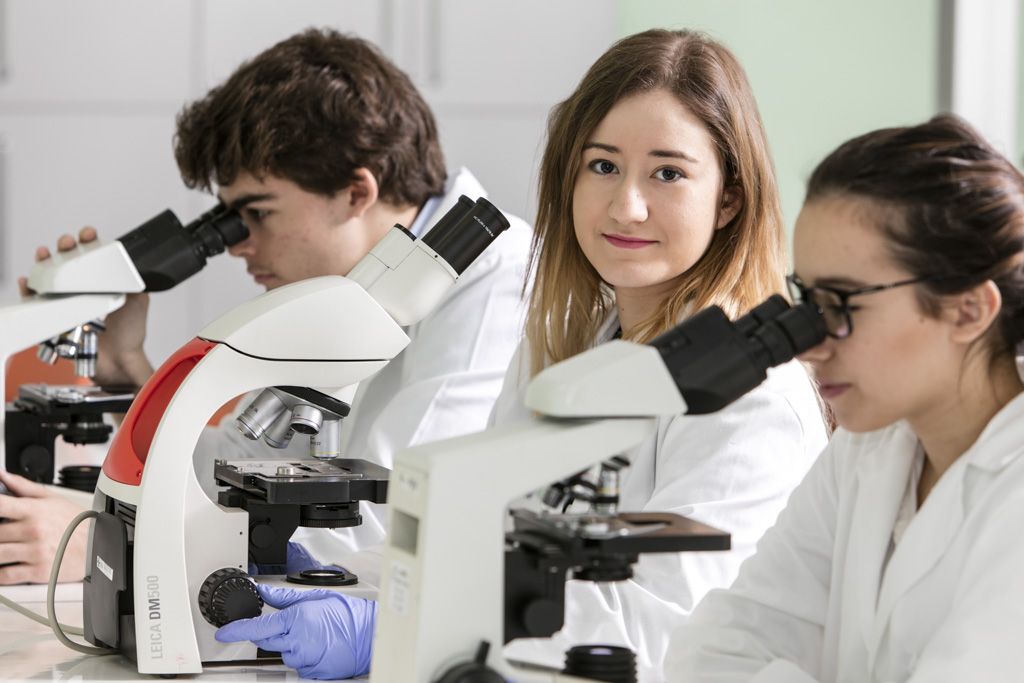
Ride the wave
“Once we’ve made the decision to make a change,” says García Bellido, “we can choose between different approaches to find the one that best supports our students’ development of the target competencies.”
“Of course, we have to approach competency-based learning systematically, taking all courses on a degree into account, but we can also think about using cooperative learning, problem-based learning, about projects and challenges. All of these are methods which require the students to activate what they know and to seek out strategies which enable them to achieve their goals. This means making use of different kinds of learning at the same time, both individually and cooperatively.”
“Another thing that is important,” says García Bellido, “is the way that we assess our students. Competency-based assessment activities bring students closer to the reality of their target profession, because they reflect real situations in which the students have to show that they can apply what they know in the right way. Examples of this are the objective structured clinical examinations in medicine or simulations in any discipline. A theoretical explanation isn’t enough any more.”
‘The kind of employees that companies are looking for are those who are flexible and adaptable, who have learnt how to learn’
Commitment
The CEU Cardenal Herrera University is fully committed to providing graduates who are ready for today’s knowledge economy. We do that by including competency-based learning in all our study programmes, using approaches that have proven to be the most effective. One facet of this is our pioneering microcredential ecosystem, created in conjunction with partners such as Microsoft. This enables our students to certify the competencies they possess and to easily display these to potential employers.
Other ways we have done this include: taking the model of the objective structured clinical examination (ECOE) used in Medicine and applying it to degrees such as Primary Education, Advertising and Nursing; Learning and Service projects which enable students to employ the skills they possess and contribute to social progress; highly realistic simulations in which students have to tackle complex challenges; appealing international cooperative learning projects, known as COILs; and investment in advanced learning facilities. These are all examples of the CEU Cardenal Herrera University’s strong commitment to producing the graduates that the knowledge economy is crying out for.




